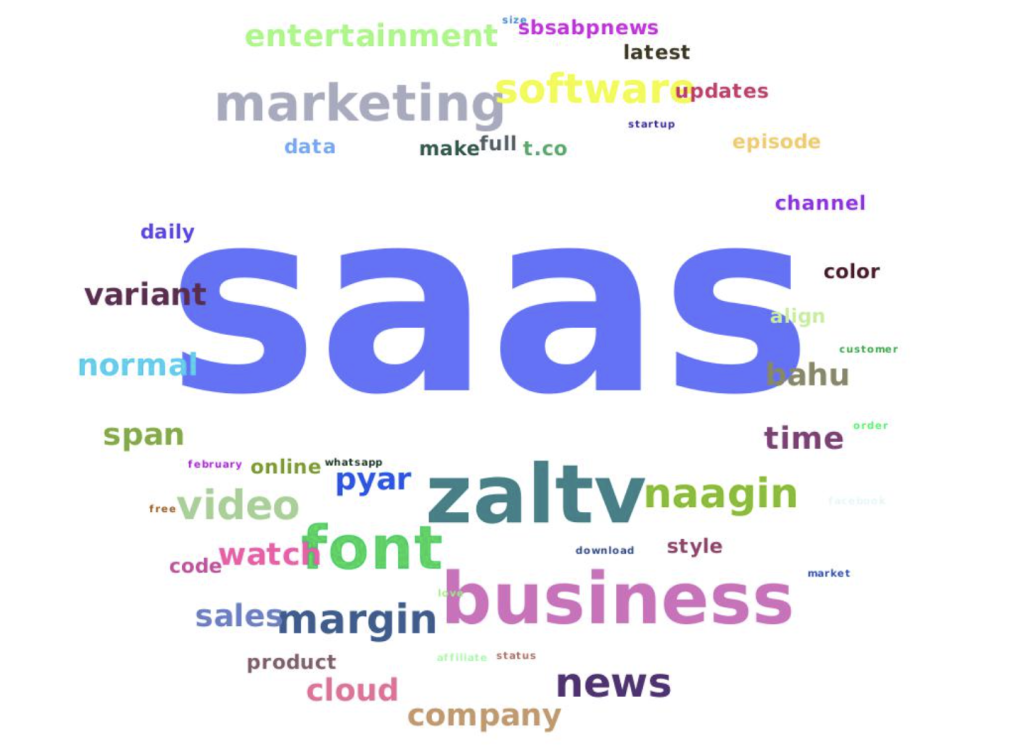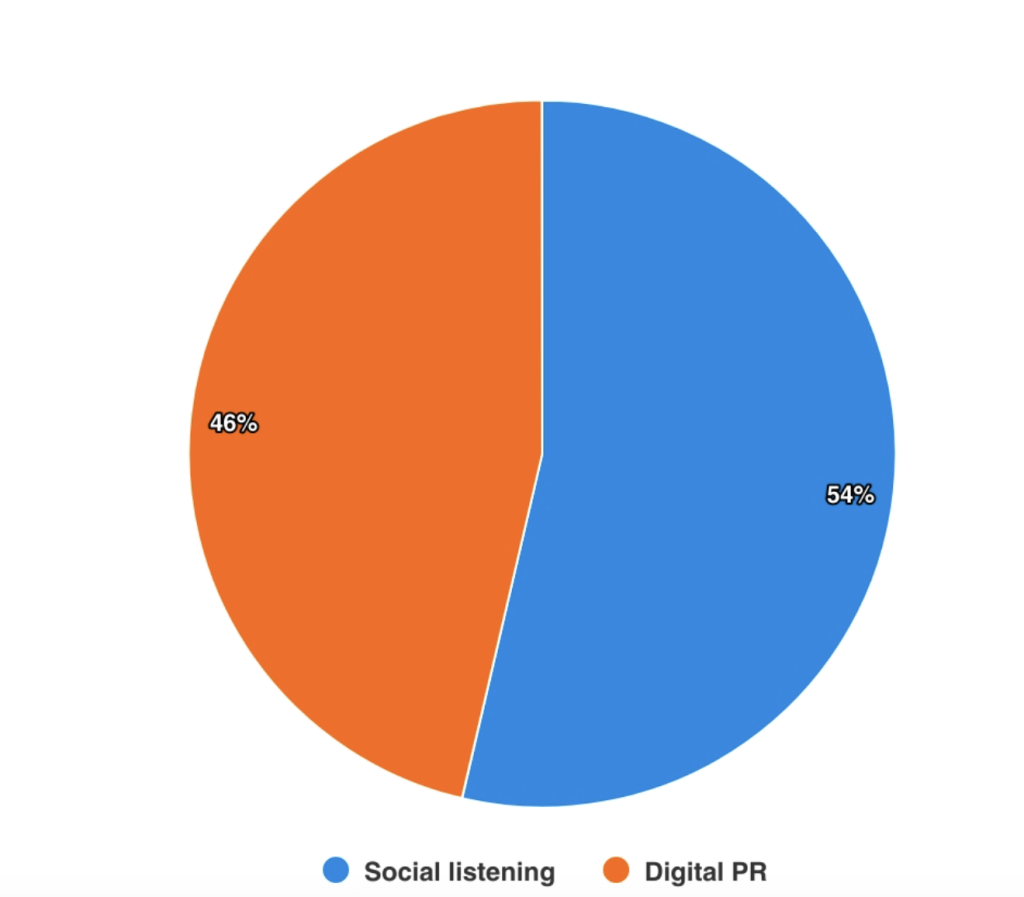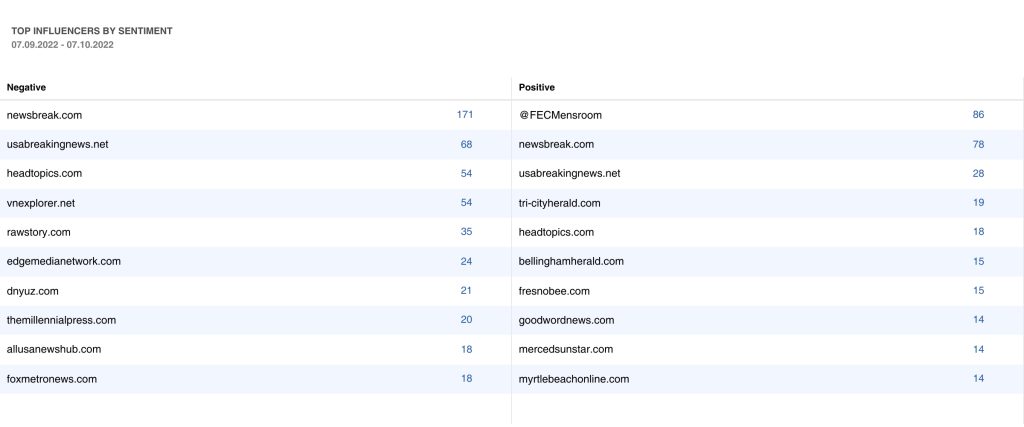I’m guessing you probably know the expression: Content is king! Or better yet: “Relevant content is king!”
We’re constantly interacting with various types of content and it’s basically impossible to avoid it. No matter what topic you’re interested in, there are going to be pages and pages on Google Search filled with content surrounding that topic.
? Read Creating a Marketing Strategy that Works: Benefits, Steps, Tools
Because of that, creating original and quality content can be quite challenging.
That’s why it’s very important to know your customer’s/reader’s/younameit preferences. That type of information can help you create relevant and engaging content that can lead to building a stronger relationship with your readers in the long run.
Did you know that 51% of consumers say that brands don’t create authentic content? Don’t be that brand. Make sure you position your brand as a go-to place for relevant and useful information about the topics in your niche!
One of the ways you can do that is to incorporate media monitoring into your content strategy. In the remainder of this blog, we’ll show you how to do that!
What IS relevant content exactly?
The definition of “relevant content” will often depend on who you’re talking to. To simplify things let’s define it as any type of content that provides benefit to your target audience.

Whether it’s solving some type of problem, providing useful information, or just pure entertainment, your content needs to delight the person reading it.
One of the ways to ensure your content is relevant is to create so-called evergreen content.
“Evergreen content is content that doesn’t go out of date. It revolves around a topic that’s always relevant to readers, regardless of the current news cycle or season.”
Ahrefs
You’ve probably come across a lot of evergreen content – different how-to guides, “XY ways to do something” articles, case studies, lists, and so on.
Furthermore, if you’re a B2B company, for example, a great way to create relevant content is by creating product-based content.
This type of content will show your (potential) customers how your product works, which features should they use, how to achieve their goals with your product, etc.
Why is creating relevant content important?
Succeeding in creating relevant content comes with many perks. Here’s how it can help you in the long run:
It improves your ranking on SERPs which makes it easier for audiences to find your content.
With increasing audience interactions with your content, your overall stats will improve (social media stats, average session duration, click-to-rate, etc).
You’ll have bigger chances of attracting quality leads that will turn into customers.
You can position yourself (your brand) as an authority figure in your industry on specific topics
You can raise your brand awareness at a relatively low cost.
With that being said, keep in mind that content creation is continuous work, not a one-off task. That’s why it’s good to have different ways of finding new topics and ideas to create content around.
Read 5 Tools Every Content Creator Should Use
Use media monitoring to create relevant content
Media monitoring tools provide you with valuable insights that can help you produce relevant content that your customers will appreciate and want to engage with. It’s especially useful if you’re struggling to come up with new topics and ideas.
1. What type of content my audience likes the most?
You wrote dozens of interesting high-quality blogs, but somehow they’re not getting traction. Maybe your audience is leaning more towards video content, for example. With media monitoring, you can monitor content from your industry and see what type of content the audience prefers. If you notice the videos are popular, you can easily repurpose your blog content as a video.
Also, media monitoring tools provide you with a list of mentions of your brand which you can use to analyze how are people responding to your content. With this valuable insight, you can change the way you’re producing content and use their praises and criticisms as guidance.
Maybe you have too many pop-ups on your site? Maybe the language in your blogs is too technical and hard to understand? Whatever it may be, use that feedback to improve your content and delight your audience.
2. New topics & ideas
Being up-to-date with trending topics in your niche can be a great source of inspiration for content creation. For example, if you see some new topic emerging, start creating content revolving around it. That way you’ll show that you’re informed, on-trend, and on top of the game.
A great feature for such content monitoring is Word Cloud in Determ. For example, we are a SaaS company and we want to know what’s going on in the industry. Word cloud will show us all the keywords that were used in online posts in connection to that. There’s even an option to click on individual keywords and see the original posts for more context. That way you can find out what are the main topics revolving around your industry.

3. Check what your competitors are up to
Your competitors can be a source of inspiration too. You can monitor their content and see how they manage it, which topics they write about, and how the audience is reacting to it. Notice what feedback they’re getting and try to use that to improve your own content.
Basically, you can apply the same tips from the paragraph What type of content my audience likes the most?, just rephrase it to “what type of content does my competitor’s audience like the most?.
To benchmark your brand’s performance, you can use Determ’s Competitive analysis report. This will show you whether you need to switch things up or you’re on the right path. If your stats are not the best, that might be a signal that your content, among other things, needs improvement.
Also, you can compare different topics (pictured below) and see which one is getting more buzz. That way you’ll know on which topics you should focus.

Read How to use media monitoring for competition analysis
4. Collaborate with influencers
The other cool thing about media monitoring is that you can easily find influencers that are the right fit for your brand. Nowadays, influencers are omnipresent, but not every influencer is the right fit for your brand. With Determ you can see which ones are mentioning your brand the most, in what context, and on which platforms. You can ask them for content collaboration and add something new to your standard content.
Also, this is a great opportunity for reaching bigger audiences and expand your customer/audience base.

5. Find user-generated content
…or simply UGC is such a great way to connect with your audience and improve your content strategy at the same time. The great thing about Determ is that you’ll be able to find posts even when you’re not tagged in them. That way you can find all the content out there and share it or incorporate it into your content.
Audiences tend to respond well to user-generated content and even join in themselves.
Incorporating UGC into your content strategy will help you to connect and build trust with your audience, boost brand awareness and social media engagement, and much more.
Read: User-generated content: Why is it important?
To sum up
One of the best things about media monitoring tools is their versatility. Even though content creation is not the first thing that comes to mind while talking about media monitoring, this blog is proof that it can be beneficial in this area as well.
If you want to learn how to use Determ in content creation, book a demo and one of our experts will help you make use of the platform in the best way.



